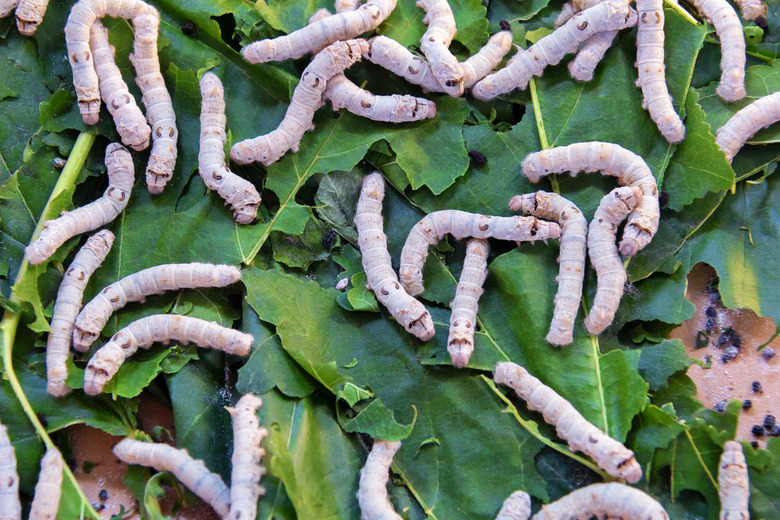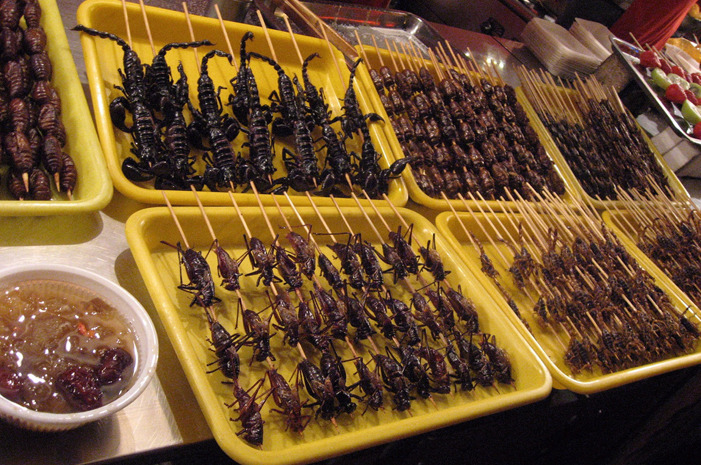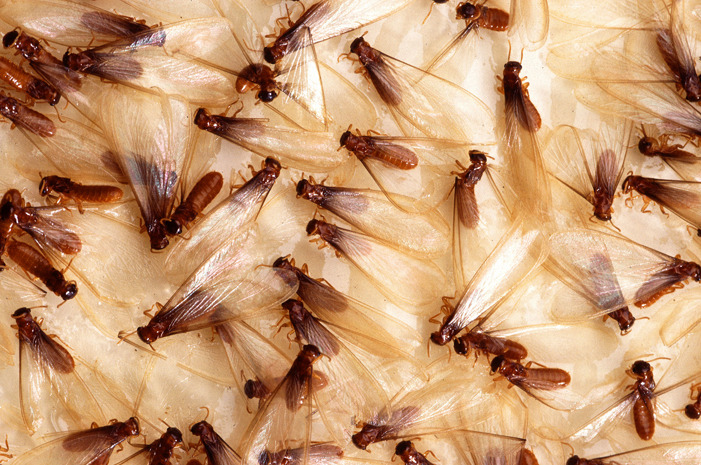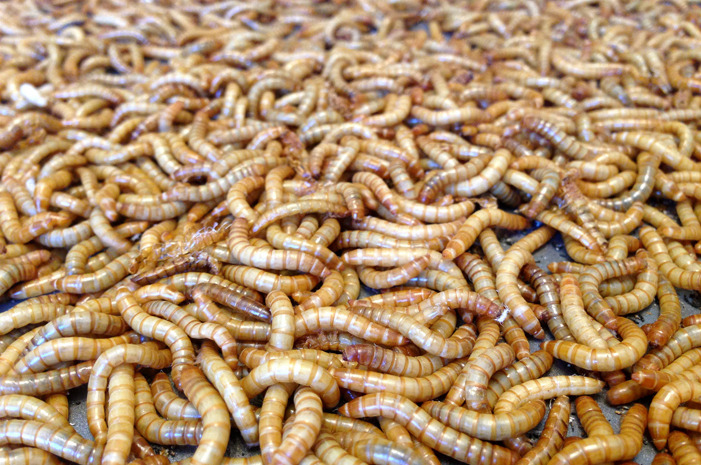9 Countries Brave Enough To Eat Insects Without A Chocolate Coating Slideshow
Insects factor into the diet of at least two billion people, and over 1,900 species have been deemed edible so far. According to National Geographic, insects are eaten in 36 countries in Africa, 29 in Asia, 23 in the Americas, and 11 in Europe. The FAO says that out of all insects consumed globally, 31 percent are beetles, which have more protein than most other insects. Caterpillars follow at 18 percent; mopane caterpillars, which are common in the southern part of Africa, have over five times as much iron as beef per 100 grams of dry weight. They're also high in potassium, calcium, and magnesium.
October 14 is National Chocolate-Covered Insects Day — but here we salute nine countries whose citizens are brave enough to eat insects without a chocolatey barrier.
Bali
Dragonflies are popular in Bali, although catching them is complicated and requires special techniques. The insects are sometimes cooked on a charcoal grill, but another method involves removing the wings and boiling the dragonfies with ginger, shallots, and coconut milk.
Brazil
The queen ant is a common snack in Brazil, according to eHow, and the minty flavor is popular with many people. While they often fry the queen ant, it is sometimes dipped in chocolate.
Cambodia
In Cambodia, fried tarantulas are a regional delicacy, especially in the town of Skun, about an hour and a half northeast of the country's capital. Plates filled with fried spiders await the adventurous tourist at Skun's spider market, prepared according to a recipe that usually calls for caramelized sugar, salt, oil, and garlic.
China
Bugs appear on the menus of different restaurants across China. In a Beijing market, you can order silkworm chrysalises, black spiders, or scorpions, and they're often served on a stick. Some northern Chinese restaurants also offer scorpions and silkworm chrysalises, as well as cicada larva and locusts.
Ghana
During the spring rains in Ghana, many types of food are in short supply as people plant crops. It's common to collect winged termites to fry, roast, or make into bread. The bugs usually contain up to 38 percent protein, as well as calcium, iron, and essential fatty acids.
Japan
Thousands of years ago, most likely beginning in the Japanese Alps, humans hard-pressed to find sufficient animal protein for their diets began incorporating aquatic insects into their diets, and insects still often appear on the menus of modern-day Japanese restaurants, among them fried ricefield grasshoppers, fried silk moth pupae, and boiled wasp larvae.
Mexico
Mexico has between 300 and 550 species of edible insects, which is more than any other country in the world, says the FAO. According to the Guardian, restaurants in Mexico City often include ant larvae, stink bugs, and water bug eggs on their menus, while fried grasshoppers are popular all around. Chapulines, as they're called, are often cooked with salt and garlic.
The Netherlands
The Dutch are thinking ahead when it comes to animal scarcity and experimenting with insects as a source of dietary protein. Think mealworms, Buffalo worms, and grasshoppers – it may even become the next big thing in culinary style.
Thailand
In Thailand, bamboo worms, often deep-fried as a common snack, cost about 65 cents per small bag. Insect carts across the country usually offer five to 10 choices, like silkworms, water bugs, and grasshoppers. The delicacies are usually deep-fried and lightly salted.



